Understanding Why Password Strength Matters
Bitcoin wallets are secured by private keys and passwords that act as digital locks. If someone gains access to them, your funds could vanish in seconds. That’s why strong password habits are not just recommended—they’re a core part of protecting your assets.
A common mistake is relying on passwords that are simple or predictable. Birthdates, names, or even combinations like “Bitcoin123” may be easy to remember but equally easy to crack. Attackers use powerful software to test thousands of passwords in seconds, so complexity, such as using a star symbol or other special characters, becomes your best defense.
This is where special characters and symbols come into play. By introducing non-alphabetic characters, you drastically increase the possible combinations an attacker must try. It’s a simple adjustment that has a massive impact on password resilience.
What Makes a Password Secure
A secure password blends length with randomness. Many platforms suggest at least 12 characters, mixing uppercase, lowercase, numbers, and symbols. But it’s not just about ticking boxes—it’s about unpredictability.
For example, “CorrectHorseBatteryStaple” may be long but predictable if it’s part of a known pattern. On the other hand, “C0rr#ctH@r5e!2024” blends characters in ways that are harder to guess but still memorable with a personal technique or story.
The key is making sure your password isn’t just strong on paper, but hard to crack in real-world conditions. Symbols add that extra twist most brute-force algorithms struggle with.
The Role of Special Characters
Symbols like @, #, %, and & force attackers to expand their character set during password guessing attempts. That slows down brute-force tools and often causes them to miss the mark entirely.
Think of it like adding layers of armor. A symbol in an unexpected place—such as the middle of a word or between random letters—can be enough to stop an intrusion attempt before it even gets close.
Using at least two symbols in unpredictable positions is a simple habit that pays off. Don’t always place them at the beginning or end; embed them within the password for stronger protection.
Examples of Poor vs Strong Bitcoin Passwords
A password like “bitcoinwallet2023” might seem fine, but it’s very easy to guess. Adding just a few symbols—like changing it to “B!tc0!nW@l1e#2023”—increases its strength dramatically.
Another example: “securepassphrase” becomes far better as “S3cur3#Pass@2024”. These aren’t perfect, but they illustrate how small changes create big security gains.
Even better, you can mix symbols with acronyms or phrases you know but no one else could guess. Something like “P@L4rB3@rs!IceC0ld” might reference a private memory and offer layered complexity.
Avoiding Common Storage Mistakes
It’s not enough to create a strong password—you also need to store it smartly. Writing it on sticky notes or saving it in a plain text document can undo all your hard work.
Instead, consider encrypted password managers or secure offline storage like a metal seed backup. These options protect your phrase from both digital and physical threats.
If you ever do write it down, avoid labeling it clearly. “Bitcoin Wallet Password” on a notebook is a beacon for trouble. Use coded labels or store it across separate places for added safety.
How Symbols Affect Brute-Force Attacks
Every character you add expands the number of combinations a hacker needs to test. A 10-character password using only letters might take minutes to crack. Add symbols, and that timeframe can stretch to years.
Brute-force attacks rely on patterns. The more unpredictable your password, the less effective those patterns become. Special characters break rhythm and throw off algorithms.
A strong password isn’t just about guessing difficulty—it’s about staying out of reach of predictable tools. Think of symbols as roadblocks on a path hackers want to follow.
Using Passphrases with Special Characters
Passphrases are longer and easier to remember than random strings. Adding symbols makes them even stronger. Take “YellowBananaMountain” and turn it into “Y3ll0w#Ban@n@M0unta!n”.
The trick is to use visual cues or sounds you’ll recall. Replacing letters with symbols that resemble them—like @ for “a” or ! for “i”—can help make passwords both strong and memorable.
Just avoid making every symbol substitution obvious. A bit of randomness goes a long way in keeping hackers guessing.
Mixing Multiple Character Sets
The strongest passwords blend uppercase, lowercase, numbers, and symbols. A mix of all four gives the best results and defeats simple dictionary-based attacks.
Instead of just typing something memorable, treat your password like a custom puzzle. Add at least one symbol in each word, and mix cases unpredictably.
The goal isn’t complexity for the sake of it—it’s creating a pattern only you can recognize, but a computer can’t replicate.
Keeping Symbol Use Consistent Across Devices
Some apps or platforms might not support every special character. It’s a good idea to test your password across devices before locking anything down.
Also, make sure your backup method works on both mobile and desktop. A password stored securely on a phone won’t help much if you can’t retrieve it on your computer.
Consistency is about more than remembering—it’s about making sure your protection methods are accessible when you need them most.
A Smarter Way to Think About Security
When it comes to securing your Bitcoin, passwords are your first line of defense. A strong password acts as the gatekeeper to your funds, and the more complex and unpredictable it is, the harder it becomes for attackers to gain access. Just like any valuable asset, your Bitcoin needs a robust security system, and the right password can be the difference between protecting your wealth and losing it to theft or error. By making passwords difficult to guess, you drastically reduce the chances of your Bitcoin being compromised.
Incorporating special characters and symbols may seem like a small detail, but they play a significant role in strengthening your security. These elements don’t provide magic protection on their own, but when used thoughtfully, they can add a crucial layer of complexity to your password. Combining letters, numbers, and symbols in unpredictable ways creates a unique password that’s much harder for hackers to crack. By developing the habit of using these tools creatively and responsibly, you not only secure your Bitcoin but also build better security habits for all your digital interactions.
The effort you put into designing strong passwords today can save you from massive stress and financial loss down the road. While it might take a bit of extra time to create a truly secure password, the peace of mind it provides is invaluable. Smart password management isn’t just about keeping your Bitcoin safe—it’s a foundational step in owning and managing your digital assets with confidence. By thinking ahead and investing a little more effort into your security now, you protect your future self from potential risks.



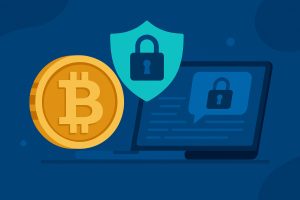
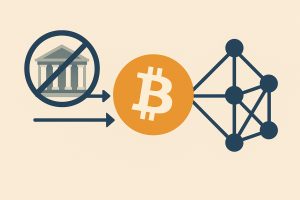

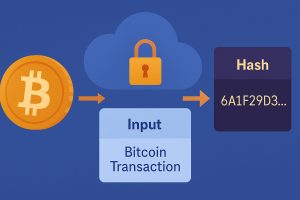



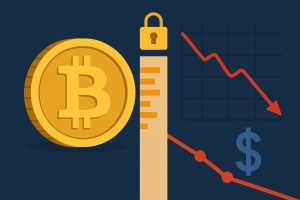
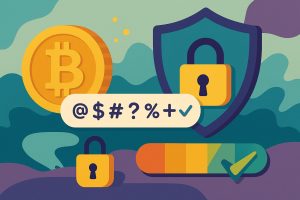

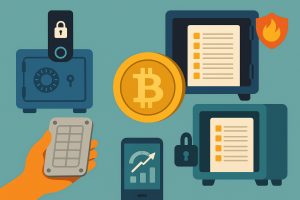


No Responses